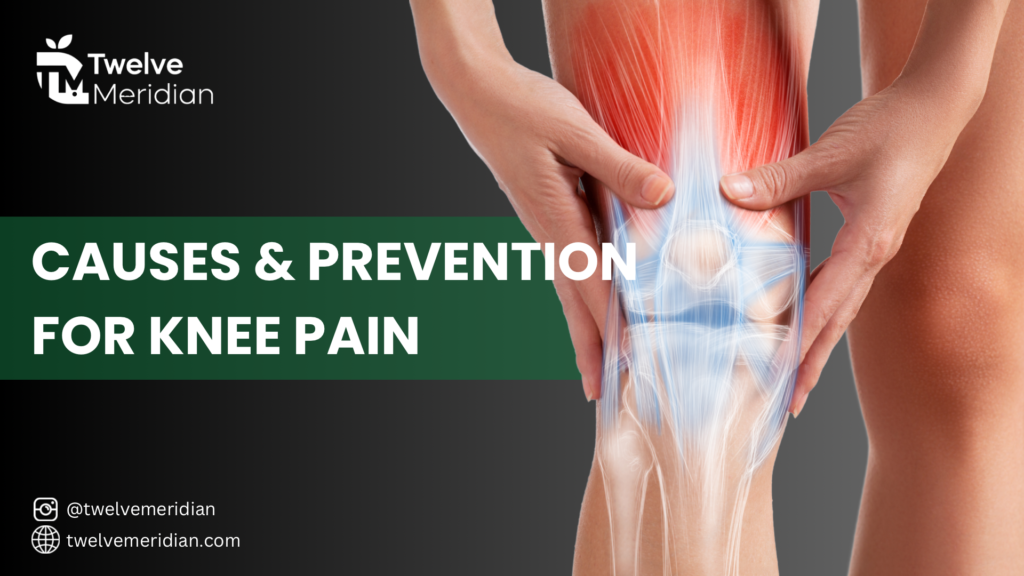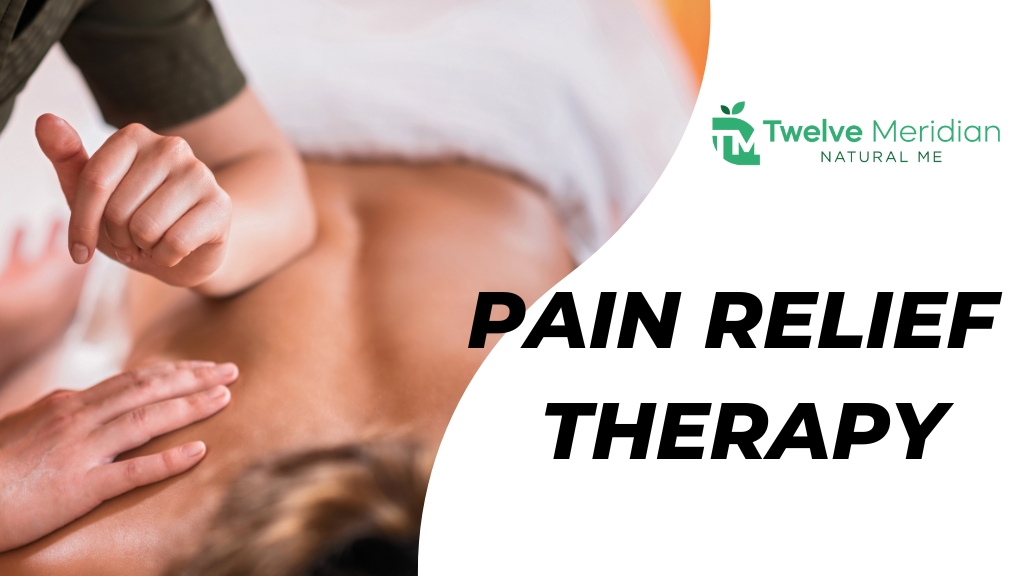Knee pain is a common yet often misunderstood condition that affects individuals of various ages and lifestyles. Its impact on daily life can be profound, turning simple activities like walking, climbing stairs, or playing sports into challenging tasks. This discomfort can stem from a variety of sources – from acute injuries to chronic diseases, and even lifestyle factors. Understanding the complexity of knee pain is crucial, as it transcends mere physical discomfort, often affecting mental well-being and quality of life. This comprehensive guide aims to explain the causes of knee pain and offer effective strategies for prevention and management, emphasizing the importance of proactive care and lifestyle modifications.
Anatomy of the Knee
The knee, a biomechanical marvel, is intricately designed to balance strength and flexibility. It comprises four primary bones: Femur, tibia, fibula, and patella. These bones are interconnected by ligaments like the ACL, PCL, MCL, and LCL, which provide stability and prevent excessive movement.
Tendons, especially the large patellar tendon, attach muscles to the bones, enabling movement.
The knee also contains two types of cartilage – the meniscus, acting as a shock absorber, and articular cartilage, which reduces friction.
Understanding this complex structure is key to recognizing various knee pain causes. For instance, an issue in the articular cartilage might suggest osteoarthritis, while an ACL injury typically results from a sporting mishap.
Common Causes of Knee Pain
a) Knee Injuries
Injuries are a leading cause of knee pain, particularly in those engaged in physical activities:
- ACL Tears: This injury is notorious in sports requiring sudden stops or direction changes. Symptoms include a loud pop, severe pain, and immediate swelling. Recovery might involve surgery and a lengthy rehabilitation period.
- Meniscus Tears: Caused by forceful twisting or rotation, meniscus tears are characterized by pain, swelling, and difficulty straightening the knee. Treatment varies based on severity, ranging from physical therapy to surgical intervention.
- Fractures: The bones of the knee, especially the patella, are prone to fractures from direct impacts. This injury is acutely painful and often requires immobilization or surgery.
b) Medical Conditions
Various medical conditions can lead to chronic knee pain:
- Arthritis Types: Osteoarthritis results from wear and tear, rheumatoid arthritis from autoimmune reactions, and gout from uric acid crystals in the joint. Each type presents unique symptoms but commonly includes pain, swelling, and reduced range of motion.
- Bursitis: Frequent kneeling, overuse, or direct trauma can inflame the knee’s bursae, small fluid-filled sacs that cushion the joint, causing pain and swelling.
- Patellar Tendinitis: Repetitive stress from jumping or running can inflame the patellar tendon, leading to pain just below the kneecap, particularly during activity.
Lifestyle Factors and Their Impact on Knee Health
a) Obesity and Knee Pain
Excess body weight exerts additional pressure on the knees, significantly increasing the risk of knee pain. Each pound of body weight adds approximately four pounds of stress on the knee joints. Effective weight management through diet and exercise not only alleviates existing knee pain but also lowers the risk of developing osteoarthritis.
b) Lack of Exercise
Weak muscles around the knee can lead to instability and pain. Regular exercise helps strengthen these supporting muscles, reducing the risk of pain.
c) Improper Footwear
Wearing shoes that lack proper support can lead to knee misalignment and pain. Especially for those who stand for long periods or walk on hard surfaces, supportive footwear is crucial.
Preventive Measures for Knee Pain
a) Exercise and Stretching for Knee Health
- Specific Exercises: Include leg presses, hamstring curls, calf raises, and squats in your routine. Start with low resistance and gradually increase as strength builds.
- Flexibility Exercises: Incorporate stretching routines that target the leg muscles. Yoga and Pilates are excellent for maintaining joint flexibility and preventing stiffness.
- Aerobic Exercises: Choose activities like brisk walking, swimming, and stationary cycling, which are gentle on the knees yet effective in maintaining cardiovascular health.
b) Diet and Weight Management for Knee Health
Eating the right foods can be a game-changer for knee health. A diet that reduces joint inflammation and strengthens bones is key. Here’s how you can make smart food choices:
- Eat More Anti-Inflammatory Foods: To fight knee inflammation, add these to your diet:
- Leafy Greens: Spinach and kale are full of vitamins that help combat inflammation.
- Berries: Snack on blueberries or strawberries for a healthy dose of antioxidants.
- Nuts and Seeds: Almonds and flaxseeds are not just tasty but also great for reducing inflammation.
- Fatty Fish: Salmon and mackerel are your go-to sources for omega-3, which is excellent for joint health.
- Turmeric and Ginger: These spices aren’t just for flavor; they’re inflammation fighters too.
- Bone-Strengthening Foods: Keep your bones healthy with:
- Dairy Products: Milk, yogurt, and cheese are great for calcium.
- Vitamin D Sources: Besides sunlight, try fatty fish and fortified foods. Sometimes, a supplement might be needed, especially in winter.
- Choose Healthy Fats: Olive oil and avocados aren’t just delicious; they’re also good for your joints.
Hydration for Healthy Joints
- Drink Plenty of Water: Staying hydrated is crucial for keeping your knee cartilage healthy. Remember, cartilage needs water to cushion your joints effectively.
- Herbal Teas and Natural Juices: These can help keep you hydrated too, but watch out for too much caffeine or sugary drinks.
Managing Your Weight
- Keep a Healthy Weight: Extra pounds can strain your knees. A balanced diet helps keep your weight in check, reducing knee pain.
- Balanced Eating: Focus on fruits, vegetables, lean proteins, and whole grains. And remember, portion control is key to avoiding overeating.
c) Footwear and Ergonomic Practices
- Footwear Selection: Opt for shoes with adequate arch support and cushioning. Custom orthotics can also provide additional support if needed.
- Ergonomic Adjustments: Proper posture and ergonomic setups at workstations can significantly reduce the risk of developing knee pain, especially for those with desk jobs.
When to Seek Medical Help
If knee pain persists, worsens, or is accompanied by symptoms like swelling, redness, or warmth, it’s crucial to seek medical advice. Early intervention can prevent further damage and ensure appropriate treatment. Regular check-ups are also recommended for individuals with risk factors like a family history of arthritis or previous knee injuries.
Conclusion
In conclusion, understanding and proactively managing knee pain is essential for maintaining a healthy, active lifestyle. By addressing the various causes, incorporating preventive measures, and seeking timely medical advice, individuals can effectively manage and prevent knee pain. Embrace a holistic approach to knee health, combining exercise, diet, and lifestyle modifications for optimal joint health.



